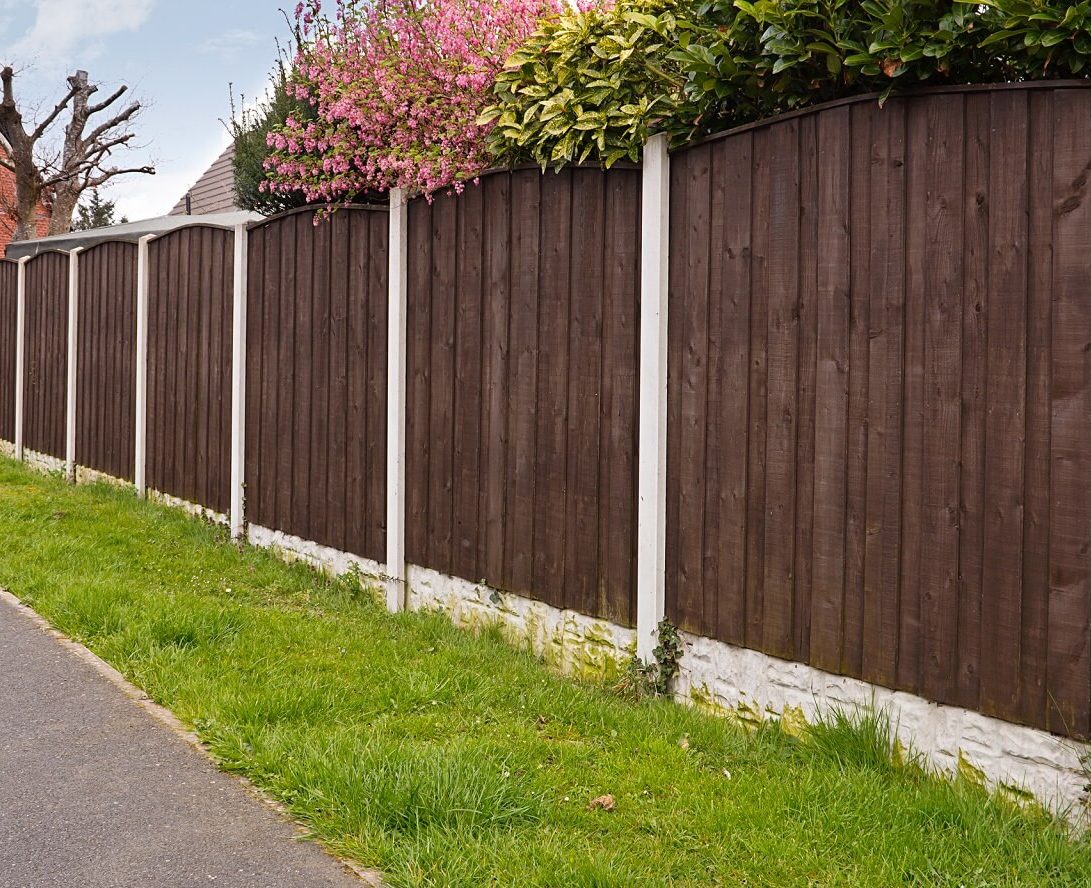Fences create privacy, mark property boundaries, and keep kids and pets safe in your yard. They might also be used to beautify the property or to keep intruders away. Whatever your purpose, there are several steps you should take as you plan for a new fence. Here are four important things to do before you begin work on this project.
Determine the Purpose of the Fence
Your reason for installing fencing could be a combination of factors, but knowing its purpose will help you to determine the placement of and materials needed for your new fence.
A security fence to discourage intruders needs to be tall, strong, and difficult to climb. Fencing to contain pets is generally built at a height of 4 to 6 feet, depending on your dog’s breed. A privacy fence needs to be solid and tall enough to block the sight-line to an area. This can be particularly challenging if your lot is viewable from a higher vantage point.
Confirm Property Lines to Plan for a New Fence
It’s important to keep your fence on your property. If you don’t know your property lines, you may end up with part of your fence in your neighbor’s yard. This can cause legal problems and expenses to relocate the fence. On the other hand, building your fence short of the line could invite adjacent property owners to encroach on you, a potential problem now, and after a future sale.
If you are in a planned subdivision, it won’t be difficult to get data on property lines. It’s a good idea to review your information with your neighbors and make sure to inform them of your project plans ahead of time.
Choose Materials for Your Project
Some people may think of the classic white picket when they think of residential fences. This type of fencing has a timeless beauty, but also requires a lot of maintenance. Many security fences are made of wrought iron or steel. Vinyl fences last a long time but can be chipped or cracked. Chain link fencing is a durable option but looks too commercial for many homeowners. Function and aesthetics should determine which material you choose.
Plan Your New Fence Around Obstructions
The design of your fence should favor straight lines as much as possible. Straight fences are easier to design, build, and mow around. They also require fewer materials. As you start to plan for the fence, look at your options for building around obstacles. The fence may be on course to collide with a tree, out-building, or pool. You’ll want to make plans to maneuver around them.
Buildings are an easy attachment point for the end of a fence. Take care when building a fence around or near a swimming pool. Make sure you don’t collide with the water or electrical lines. When planning, look at areas where vehicles might need to pass through. You’ll want to install the fence while considering access to your heating fuel tank and the septic system.
Building a fence provides benefits for your family and adds value to the property, but it takes careful planning. Keep these points in mind as you develop your design and purchase materials.
Spot On Inspection provides home inspections services to Houston and the surrounding areas. Contact us to request an appointment.

